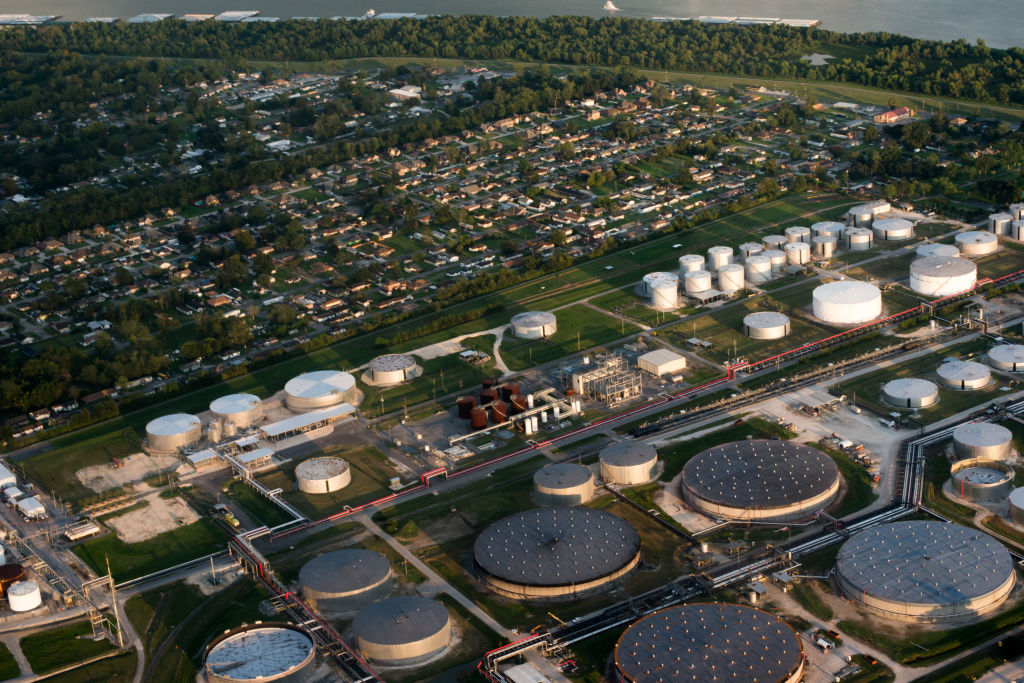Reporting for this story was supported by the Nova Institute for Health.
In the decades since Congress passed the Clean Air Act in the early 1960s, air quality monitoring has become one of the EPA’s central tools to ensure the agency delivers on the promise to protect people from polluted air. The EPA, in partnership with state regulators, oversees a network of roughly 4,000 monitors across the country that measure the levels of six pollutants detrimental to human health, including ozone, sulfur dioxide, and particulate matter.
But the network was primarily set up to track pollution from automobiles and industrial facilities such as coal-fired power plants near large population centers; as a result, the monitors are not evenly distributed across the United States. Of consequence, a 2020 analysis by the environmental group Natural Resources Defense Council found that more than 100 counties modeled to have unhealthy levels of particulate matter did not have an air quality monitor to track Clean Air Act compliance. And, research indicates that communities of color ar... Read more

